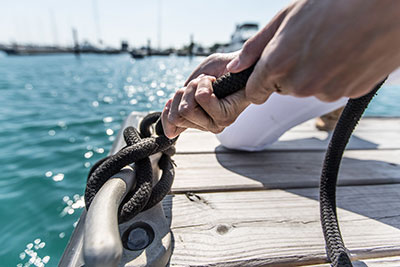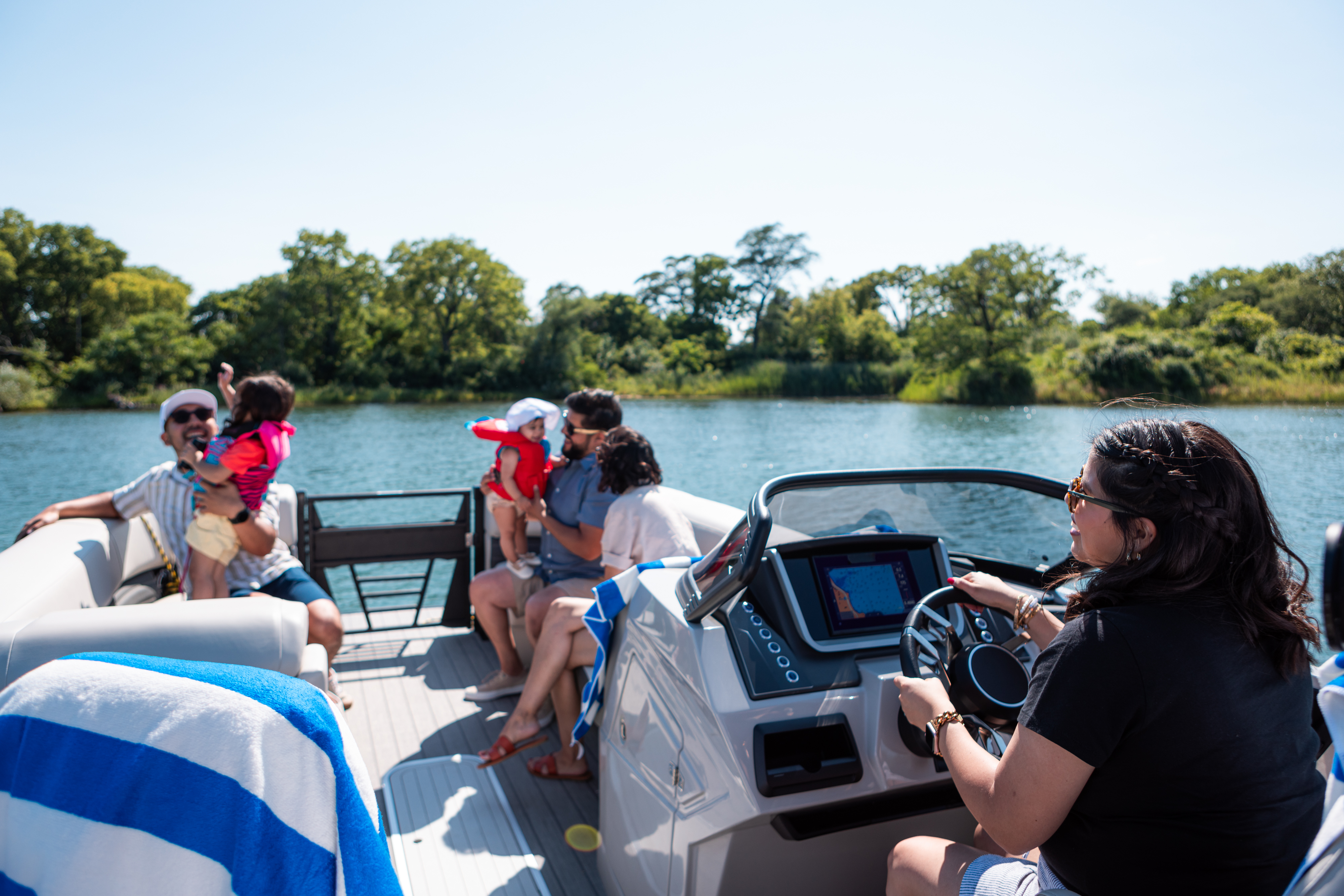Docking a boat intimidates many people. You've got wind pushing you around, current trying to grab your bow, and tight spaces that barely fit your beam. Plus, it can feel like half the marina is watching you like it's some kind of show.
However, learning how to dock a boat isn't rocket science. It's mostly about following basic boating tips, taking your time, and not letting the pressure get to you. The people who make it look effortless? They practiced until the docking process became second nature.
Overall, boat docking tips aren't complicated once you understand the fundamentals. Wind, current, and momentum control everything. Conquer those three things, and you'll dock like you've been doing it for decades.
Why Does Docking Feel So Challenging?
First off, your boat doesn't have brakes. Additionally, you're dealing with momentum, wind that can grab your boat like a sail, and current that's constantly trying to push you off course.
Wind direction significantly affects how you approach the dock. A crosswind can push your stern around when you're trying to slide in parallel. Meanwhile, following winds are the worst; they'll push you into the dock faster than you want to go.
Tight spaces make everything worse. Marinas pack slips close together so there's no room for error. Furthermore, other boaters watching from their cockpits build pressure fast. Don't let the spectators get in your head, though - everyone's been the entertainment at some point!
Read Next: How to Choose a Marina
Essential Preparation: Our Top Boat Docking Tips
Getting ready before you approach the dock makes everything easier. This isn't the time to scramble around looking for dock lines.
Pre-Docking Checklist:
- Set up fenders on the docking side at your boat's widest points
- Prepare dock lines and coil them for easy deployment
- Assign crew roles - someone for bow lines, someone for stern lines
- Reduce speed well before the approach
- Survey wind direction and current conditions
The golden rule? Never (ever) approach a dock faster than you're willing to hit it! Consequently, slow speeds give you time to react and make small corrections. 
Step-by-Step How to Dock a Boat
Once you're prepared, the actual docking process follows a logical sequence. Each step builds on the previous one…
1. Planning Your Approach
Survey the docking area first! Look for other boats moving around, check wind direction by watching flags, and observe how the current affects debris in the water.
Next, approach the dock at a controlled speed—barely above idle. You want just enough power to maintain steering control. (This can be tricky!) Consider how the wind and current will affect your boat, since every boat handles differently.
2. Making Contact
Use short shifts between forward, neutral, and reverse for minor adjustments. Don't rely on throttle inputs to steer - that's how you end up going too fast. Small gear changes provide precise control.
Glide in slowly for the final approach. You should be moving just fast enough to maintain control, but slow enough that contact won't damage anything. Adjust your angle based on conditions - wind from your bow means approaching at a sharper angle.
3. Securing Your Boat
Line Sequence for Safely Docking a Boat:
- Get your bow and stern line on first - these stop your boat from drifting away
- Add spring lines if you're staying for extended periods
- Cross your stern lines if you're in a slip to prevent forward/back movement
Safety Rules:
- Don't jump onto the dock with lines in your hands
- Step carefully when the boat's secure enough
- Toss lines to someone on the dock when possible
Boat Docking Tips: Different Situations
Conditions change everything about your approach! And understanding how to adapt your technique separates beginners from experienced boaters.
Wind and Current From Your Bow
This is actually the easiest situation for docking a boat. The wind and current work like brakes, helping you stop. Approach at a steeper angle and turn parallel at the last moment.
Wind and Current From Your Stern
Following the wind pushes you toward the dock faster than you want. Therefore, approach more parallel and use reverse frequently to control speed. Don't be afraid to use a burst of power in reverse if you're approaching too fast!
Side Wind and Current
Crosswinds push your boat sideways while you're trying to move forward. Point your bow upwind of where you want to end up. The wind will push you down to the right spot.
Common Mistakes That Mess Up Your Docking and Boat Handling
Even experienced boaters make these errors, especially when conditions get challenging!
The Big 4 Docking Mistakes:
- Overcorrecting - Small problems become big ones when you overreact to minor drift
- Coming in too fast - Speed makes every other mistake worse
- Relying on throttle instead of steering - Learn to use momentum and let the boat glide
- Poor preparation - Not having dock lines ready creates stress
Quick Fix: Handle the easy stuff first through proper preparation!
Safety Always Comes First
No docking maneuver is worth getting hurt or damaging your boat. These safety protocols should become automatic…
Non-Negotiable Safety Rules:
- Keep hands and feet inside the boat during the approach
- Don't jump onto docks with dock lines in your hands
- Communicate clearly with crew - give simple, specific instructions
- Have an exit strategy - know how to abort and circle around
- Never use body parts to fend off - that's what fenders are for
Emergency Protocol: If things go wrong, put the boat in reverse, back away safely, and try again.
Fine-Tuning Your Boat Handling Approach
Confidence comes with repetition and understanding the specific characteristics of your boat. Each boat requires different boat handling techniques, so what works for your neighbor's vessel might not work for yours.
And, of course, practice makes perfect when it comes to boat docking. Begin in calm conditions and gradually progress to more challenging docking situations. Don't forget that different boats require different approaches - a pontoon boat catches wind differently than a deep-V hull.
Lastly, don't rush the learning process. Even experienced boaters take their time in challenging conditions. The confidence comes with experience. Once you understand how wind and current affect your boat, docking becomes a routine task rather than a stressful one.
Remember that everyone watching has been where you are. Most boaters are happy to help if you need it!

